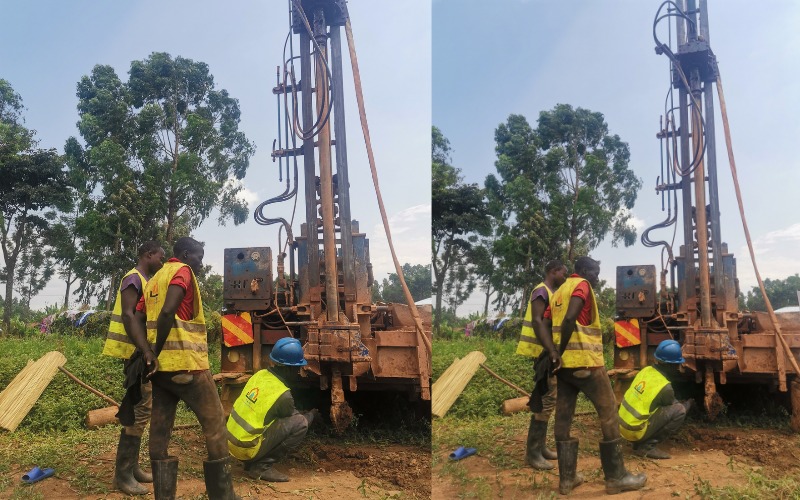Description
Semi-artesian well drilling involves a technique where a well is drilled into an aquifer that is under sufficient pressure to cause water to rise above the level of the aquifer itself but not necessarily to the surface. Here’s a detailed description of the process:
- Site Selection: Engineers and hydrologists identify potential locations based on geological surveys and maps that indicate the presence of aquifers with suitable characteristics.
- Drilling Setup: A drilling rig is set up at the chosen location. The type of rig used depends on factors such as the depth of the aquifer and the geological conditions of the area.
- Drilling Process: The drilling begins, usually with a rotary drilling technique where a drill bit attached to the end of a drill pipe is used to penetrate the ground. The drill cuts through soil, sediment, and rock layers to reach the aquifer.
- Casing Installation: As drilling progresses, steel casing pipes are inserted into the well to prevent it from collapsing and to protect the surrounding groundwater from contamination.
- Well Development: Once the desired depth is reached, the well is developed by methods such as surging, pumping, or jetting to remove fine material and improve water flow into the well.
- Aquifer Pressure: In semi-artesian conditions, the aquifer has enough natural pressure to push water up the wellbore. This pressure can cause water to rise above the aquifer level but not necessarily to the surface, depending on the specific characteristics of the aquifer.
- Pump Installation: A submersible pump or other appropriate pumping system is installed at the bottom of the well to extract water to the surface. This pump operates based on the natural pressure of the aquifer and/or additional mechanical assistance, depending on the depth and specific hydrogeological conditions.
- Testing and Monitoring: After installation, the well is tested to ensure it meets water quality and quantity standards. Monitoring systems may also be installed to track water levels and quality over time.
- Completion: Once testing and adjustments are complete, the well is finalized with a wellhead, which includes valves, piping, and other equipment necessary for accessing and controlling the water flow.
Semi-artesian wells are particularly useful in areas where the aquifer has enough pressure to provide a continuous flow of water without requiring excessive pumping. Proper drilling and maintenance are essential to ensure the long-term sustainability and efficiency of semi-artesian wells.


